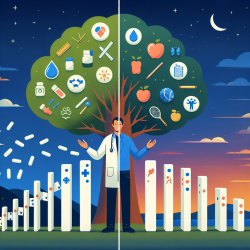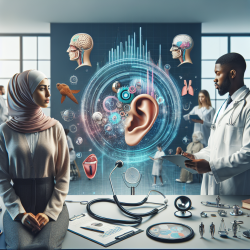Introduction
Substance use and abuse have long been recognized as issues that affect not only the individuals involved but also those around them. The research article "Harm to Others From Substance Use and Abuse" provides a comprehensive overview of how substance use can impact third parties, including family members, friends, and even society at large. This blog aims to help practitioners, particularly those working with children, understand the implications of this research and how it can be applied to improve outcomes in their practice.
Key Findings from the Research
The article highlights several types of harm that can result from substance use, including:
- Violence and interpersonal conflict
- Neglect and abuse of children
- Family deprivation and financial instability
- Crime and societal costs
These findings underscore the importance of considering the broader social and familial impacts of substance use, beyond the immediate effects on the user.
Implications for Practitioners
For practitioners working in speech-language pathology and related fields, understanding the broader impact of substance use is crucial. Here are some ways practitioners can apply these insights:
- Holistic Assessment: When assessing children, consider the potential influence of substance use in the family. This can provide a more comprehensive understanding of the child's developmental challenges.
- Interdisciplinary Collaboration: Work closely with other professionals, such as social workers and psychologists, to address the multifaceted needs of children affected by substance use in their environment.
- Family-Centered Approaches: Engage with families to support not just the child but also the family unit, recognizing the interconnectedness of their well-being.
Encouraging Further Research
While the research provides valuable insights, it also highlights gaps in current knowledge, particularly regarding the long-term effects of substance use on third parties. Practitioners are encouraged to engage in further research and contribute to the growing body of knowledge in this area. This could involve participating in studies, collaborating with researchers, or even initiating small-scale investigations within their own practice settings.
Conclusion
Understanding the impact of substance use on others is essential for practitioners aiming to create positive outcomes for children. By integrating these insights into their practice, professionals can better support children and families affected by substance use. For those interested in delving deeper into the research, the original article offers a wealth of information and can be accessed through this link: Harm to Others From Substance Use and Abuse.










